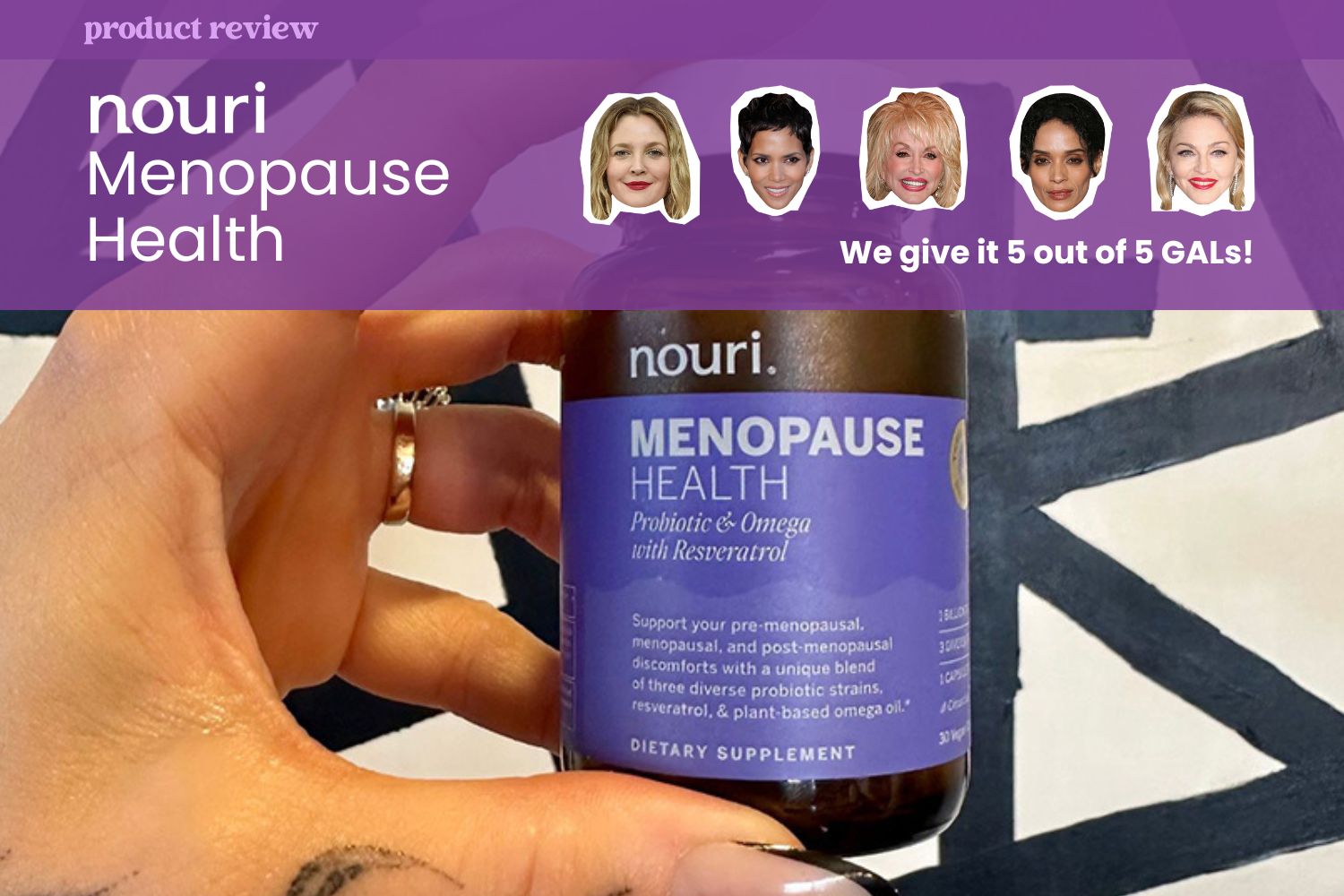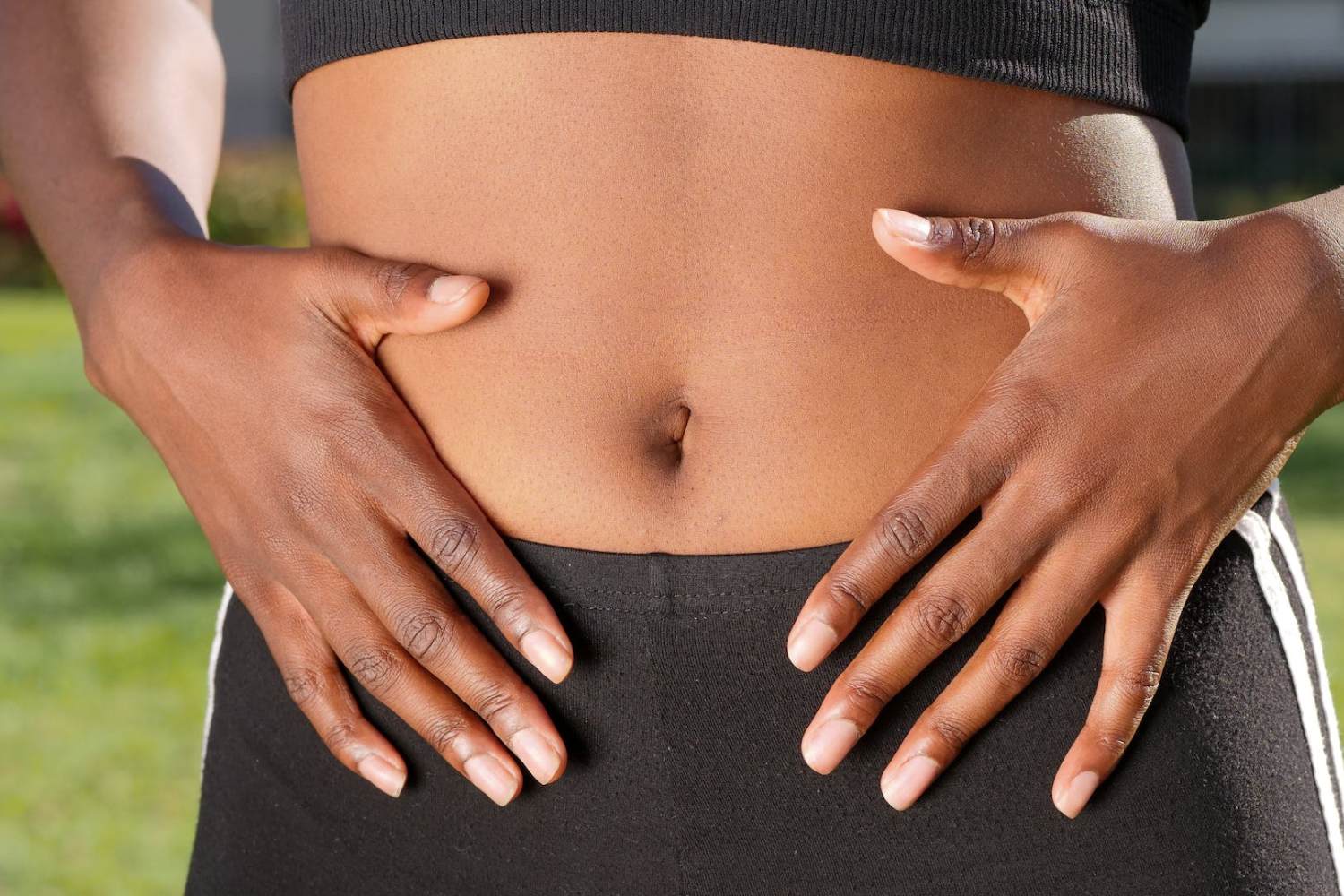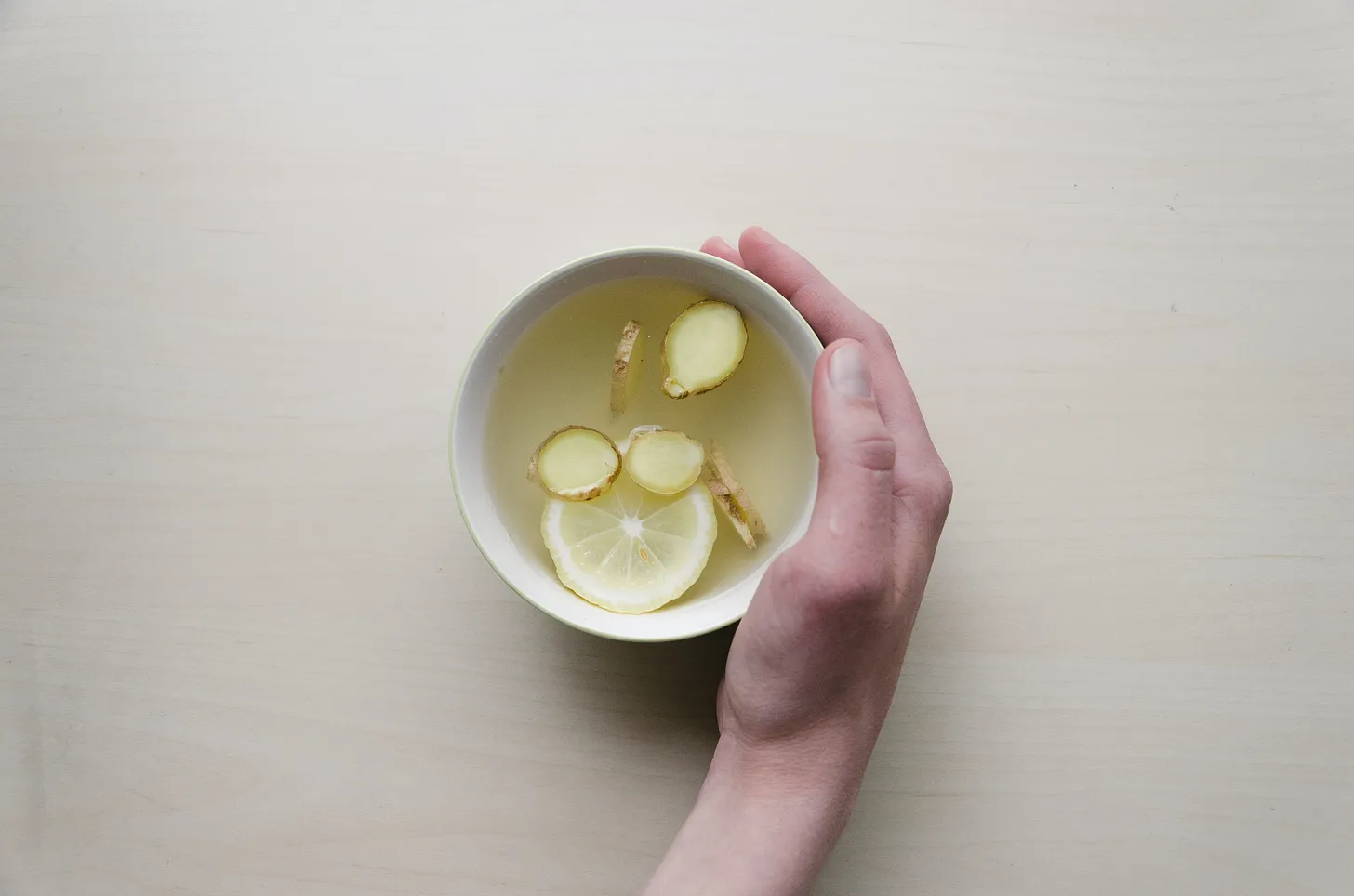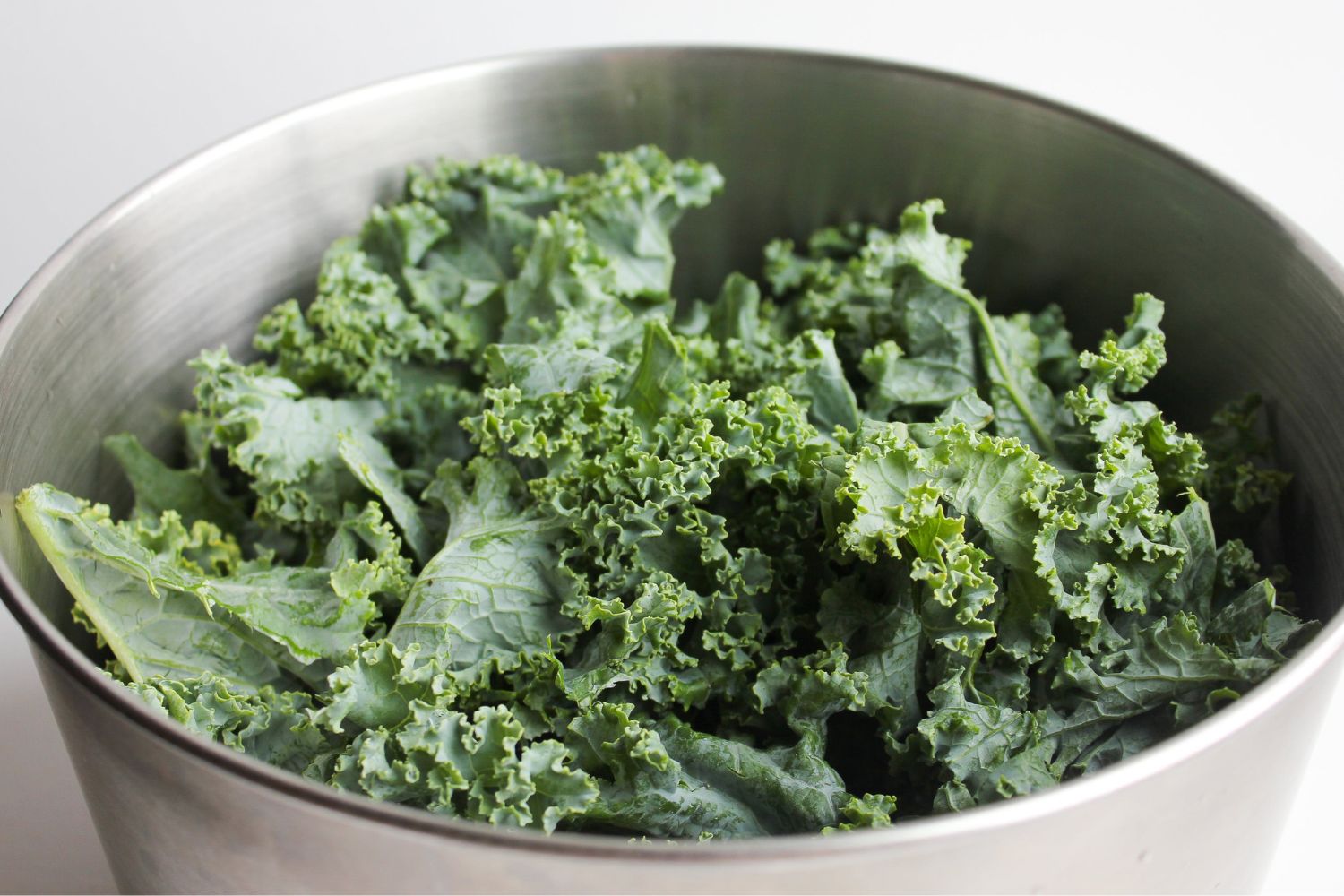
Reboot your bones: How to maintain strong, healthy bones in midlife
Peri/menopause comes with a lot of loud and obvious signs like hot flashes, anxiety, brain fog, and insomnia. But some of the more subtle changes happen beneath the skin, deep in our bones. And if we want to stay fit and active in our senior years, we need to maintain strong, healthy bones in midlife. Here’s how we do it.
How do we build bones?
Now you might be thinking, wait, didn’t I finish with bone growth when I was a teen? And you’d be right! Bones are pretty much fully grown by the time you reach your late teens. But you continue to lay down bone density until your late twenties. This density in the bone tissue is what makes bones strong and able to weather the impact of doing sports and everyday activities.
Bones never really stop regenerating. Even after we reach peak bone density in our twenties, bones continue their cycle of building and breaking down. We have two different types of bone cells responsible for this process:
– Osteoblasts build new bone tissue
– Osteoclasts break down and resorb old bone tissue.
Between them, these cells renew your entire skeleton every 5 to 10 years!

Isn’t bone health all about calcium?
Calcium is important for bone health but it’s not the only player. Bones are made of a combination of protein, collagen (a specific type of protein), and minerals – mostly calcium and phosphorus, with magnesium, zinc, copper, manganese, and boron in the mix too.
Inside bone sits a honeycomb structure which these minerals latch onto. As we get older, we start to get gaps in the honeycomb and lose some of this bone density. This happens to both men and women but unfortunately, midlife speeds up the process for us females.
Why is estrogen important for bone health?
Estrogen is so much more than a reproductive hormone. There are receptors for this hardworking hormone all over the body – it interacts with gut health, brain function, sleep patterns, weight distribution, and more – including bones.
In bone tissue, estrogen regulates the activity of osteoclasts and osteoblasts, those bone-building and bone breakdown cells. It makes sure that we’re creating enough new bone to keep pace with the breakdown so that bones stay dense and strong.

What happens to our bones during menopause?
In midlife, there’s a perfect storm of hormonal and health challenges that can affect bone health:
– Falling estrogen levels: When estrogen levels drop after menopause, bone cells aren’t as well regulated and we start to break down more bone than we build.
– Loss of collagen: In fact, collagen levels fall by up to 30% in the first five years after menopause and continue to fall at 2% a year after that. Obvious signs of this happening include fine lines and wrinkles in skin: what is less obvious is how this affects our bones.
– Loss of muscle mass: Muscle strength is intrinsically linked with bone health, partly because muscles help keep bones in place and also because good muscle strength can help us avoid injury from a fall. Midst Beauty Editor Lauria Locsmondy dug deep into this issue and shared the amazing benefits of strength training in Strength Training: Why women in their 40’s need to start now
This combination of factors leaves us at risk of osteopenia – weak bones – and osteoporosis, a word which translates as “porous bone”. Men lose bone strength in midlife and later life too but at a much slower rate than women which is why about 80% of Americans with osteoporosis are female.
Can I rebuild bone density?
The short answer is yes – but it takes time. Diet and lifestyle changes and using supplements or medications, if necessary, help slow down the loss of bone density and over time can even start to repair bone tissue. Making small sustainable changes that accumulate and become positive long-term habits is the best way to support your bones through menopause and beyond.
Factors that affect bone density during menopause
First of all, take a look at the factors that might be making bone loss even worse. These include:
– Alcohol: Studies show that increased alcohol intake is associated with an increased risk of bone fracture. It’s thought that this may be due to the way alcohol interferes with how we digest and absorb vitamins and minerals from food.
– Ultra-processed and high-sugar foods: Diets high in ultra-processed foods like takeouts, ready meals, and candy harm bone health. Ultra-processed foods have been shown to disrupt bone growth and bone density and lead to a higher fracture risk.
– Drinking sodas: There’s been a lot of conflicting research about the link between fizzy drinks and bone health, but a recent analysis of data from the Women’s Health Initiative found a 26% increased risk of hip fracture among women who drank on average 14 servings of soda per week or more compared with no servings.
– Smoking is known to affect bone health in several ways:
o Interferes with calcium absorption from foods
o Lowers estrogen levels
o Reduces blood supply to bone tissues
o Slows down the bone-building osteoblast cells
Our 21st-century sedentary lifestyles are doing nothing for bone health. Don’t like the gym? Not a problem. Walking, jogging, dancing, yoga, and resistance exercises using your body weight (think planks and push-ups) are the antidotes we need to build and maintain strong healthy bones.
– Inactivity: Our 21st-century sedentary lifestyles are doing nothing for bone health. Don’t like the gym? Not a problem. Walking, jogging, dancing, yoga, and resistance exercises using your body weight (think planks and push-ups) are the antidotes we need to build and maintain strong healthy bones.
– Beige foods: Colorful fruits and vegetables supply many of the co-factor nutrients needed for bone health, like beta carotene, folic acid, and vitamin K. These kinds of vitamins and minerals are missing from ultra-processed beige foods.
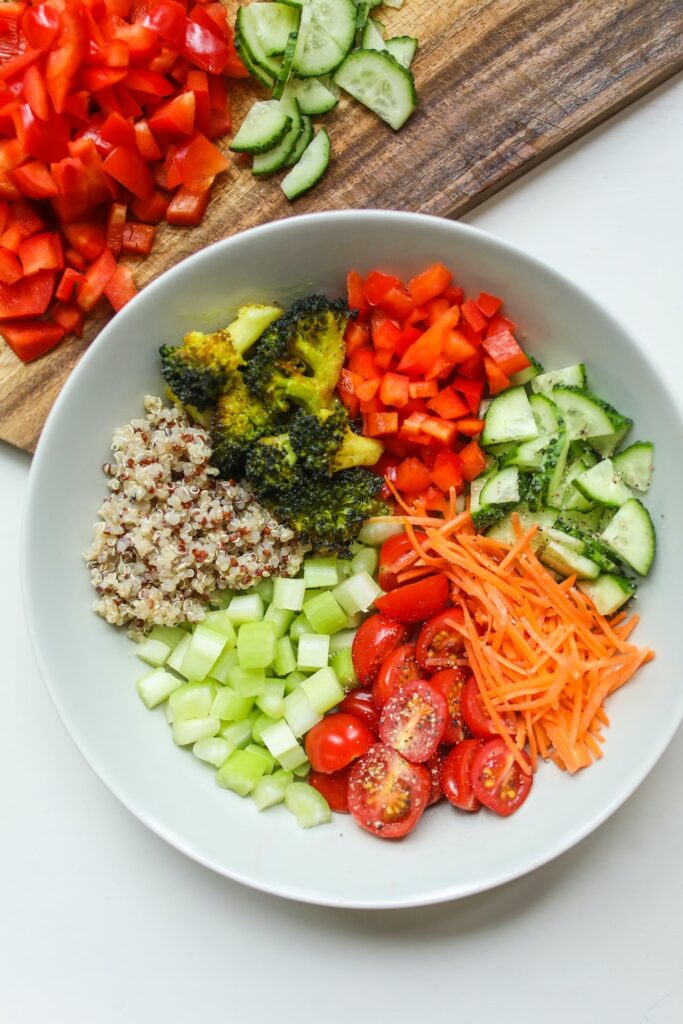
Seven bone-building foods to add to your diet today
Calcium is a big player when it comes to bone health but as mentioned earlier this mineral needs its vitamin and mineral teammates to be able to work properly.
These foods provide not just calcium, but a wide selection of other bone-building nutrients too…
1. Kale: Packed with calcium, folic acid, vitamin K, and magnesium, kale is lower in oxalates than other leafy greens like spinach. Oxalates are naturally present in many foods where they bind to calcium and prevent it from being absorbed.
2. Tofu: A great vegetarian and vegan source of calcium and protein.
3. Seeds: Think sunflower, pumpkin, chia, and sesame seeds. These nutritional powerhouses are packed with minerals, healthy fats, and protein for bone-building.
4. Broccoli: Another great veggie source of calcium, folic acid, vitamin K, and magnesium. Best served lightly steamed for easy digestion and optimum nutrient absorption.
5. Sardines and other canned fish with soft bones: Yep, eating fish bones can help build your bones! Sardines and other canned fish like salmon and mackerel provide healthful omega-3 fats, vitamin D, and plenty of calcium from those soft bones.
6. Parmesan cheese: The best cheese-based source of calcium, complete with a good dose of protein.
7. Almonds: Almonds and other unsalted nuts like Brazil, hazel, and cashews, are great to snack on for a bone-healthy hit of calcium, zinc, manganese, vitamin E, and magnesium.
Add these foods to your daily meals and snacks to give your body the building blocks it needs to maintain strong healthy bones.

